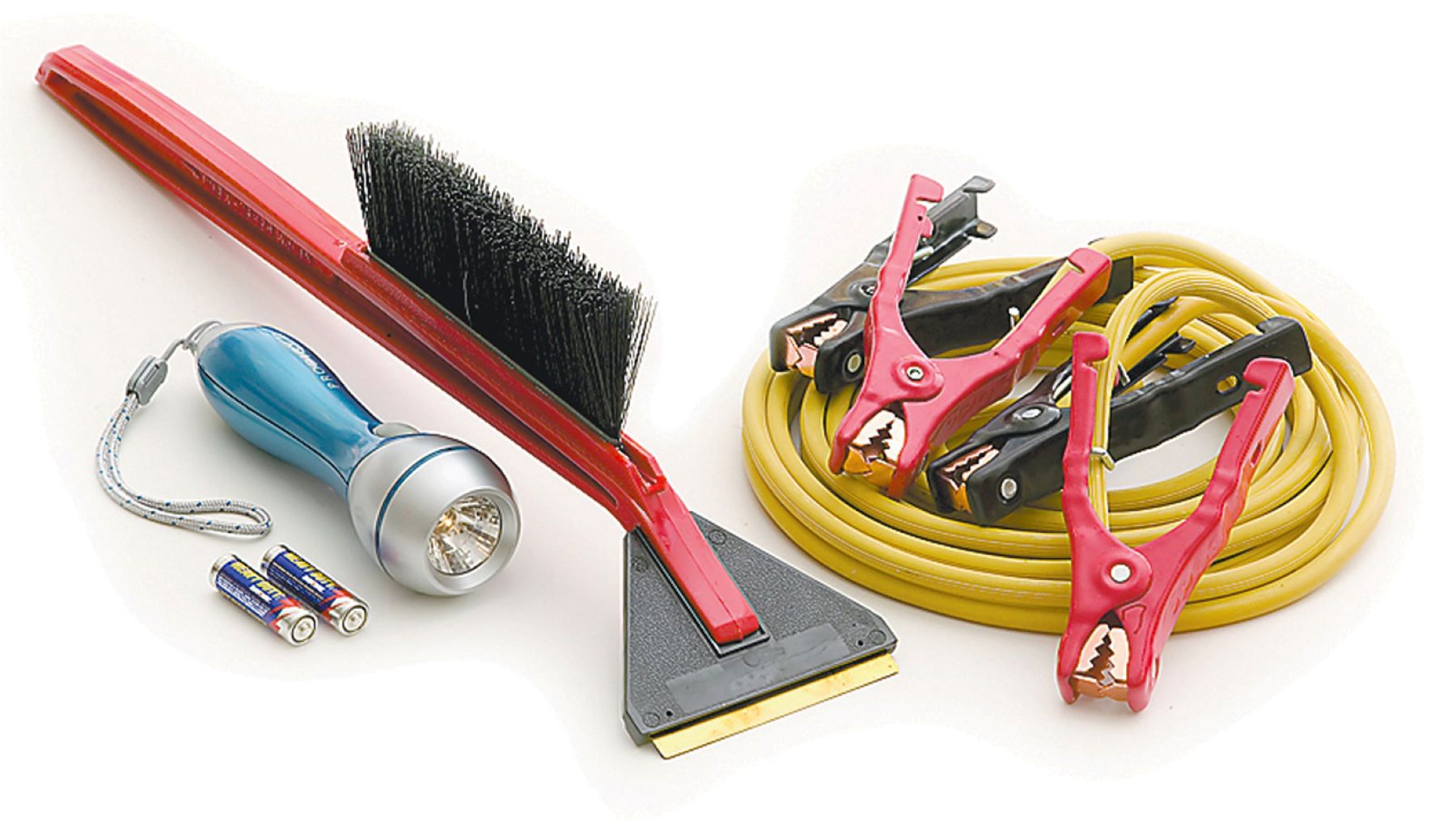
This article will help you find a small and portable jacklift. This article will address all aspects of mini jacklifts, including their types, features, suppliers, and types. We will also talk about applications and types. Let's look at the top mini jack lifts on the market. Let's find out what they are. They are so popular because of this.
Components
A good mini jack lift will have adjustable joists, jacking arms and securing pads to fit the size of your vehicle. It should be capable of lifting your vehicle up as high as 1.55 metres. The mobile mini lift was specifically designed for professionals, and has a strong construction and long service life. It is constructed from high-quality materials and has an excess-pressure valve that protects the components from damage if they are overloaded.

Applications
Mini jack lifts can be used in many different applications. Its lifting capacity is limited by the weight of the material it can lift, so this machine is perfect for jobs such as building construction, home improvement, and more. There are three types of mini-jacks available: hydraulic, pneumatic, and mechanical. Each type has their own advantages and drawbacks. In this article, we'll discuss each type and their uses.
Bottle jacks, also known as bottle jacks, are lifting devices that look similar to bottles. They can either be screw-action or hydraulic, and have different capacities. They are used for lifting heavy materials and can be mounted on a frame or free-standing. Depending on their capacity, they can lift a two-ton load. These jacks are best for vehicles with high clearances. These jacks have a tendency to be very sturdy and can easily handle heavy loads.
Types
The different types of mini jack lifts can be easily categorized based on their mechanisms. Most jacks work by using hydraulic or pneumatic power in order to lift and lower a heavy load. A bottlejack is one example of such a type of jack. Its compact design makes it easy to use and offers high power and speed. This mini jacklift is easier to use than a full-size hydraulic jack.
Rollaround jacks are able to lift entire vehicles, usually from the front and back. The jack's floor carriage and vertical gantry allow it to lift large loads. They are often hydraulically powered. These jacks are often used on construction sites. The different models are available in sizes from two to twelve tons. Jumbo sizes also are available. These are some tips to help you choose the best one for you.

Suppliers
The Mini Jack is a portable and versatile lifting apparatus, which has an adjustable height and width to lift and repair various kinds of vehicles. The mobile version of the Mini Jack can lift up to 1.5 metres. Mini Jack suppliers are able to fulfill your specifications in terms design and quality. They feature high-quality technical specifications, tough construction, and superior materials for long-lasting durability. The safety valve prevents overload damage.
FAQ
How do I prepare to be a mechanic apprentice?
Understanding what you're getting into is crucial. You must understand the workings of cars. This will make it easy to find the right place to start your first day in the garage.
You should also know how to fix common problems such as tires or broken lights.
You will be able to diagnose and repair problems yourself.
It is also important to know how the different pieces fit together in order to put them together again.
Finally, you need to be able to safely and efficiently use tools.
These are all things that will make you a competent mechanic.
What are the requirements for an automotive technician?
You must have high school, or GED, and be able to read and write well in English and math. You also need to be able to read and write well. Before you can start working, you will have to pass a written exam and take a series practical tests.
Does it matter what college I go to?
It's not true. There is no difference in the programs offered by colleges for getting into automotive work. Some schools have better programs than others, so you might want to look elsewhere if your goal is something more specialized.
Are you looking for a career as an automotive mechanic?
The automotive industry is full of exciting opportunities for those who are dedicated to excellence. It is important to work hard and learn as much from others as you can in order to succeed in this industry.
Because you will be spending most of your time communicating with customers and employees, you will need excellent communication skills. It is important that you are willing to travel, work long hours and be able to commute.
Consider taking classes at local universities or community colleges if your goal is to pursue a career in the automotive industry. Many schools offer programs specifically designed for students interested in auto repair, sales, or customer service.
Studying mechanical engineering is an option if you're interested in pursuing a degree. You can get your bachelor's degree in as little as four years.
Many companies will also hire graduates right out of school. You should start looking for employment as soon as you are able to continue your studies part-time.
Once you've completed your education, you'll probably need to complete some form of training before being able to take up a position as an automotive technician.
This means that you must pass the Automotive Service Excellence exam. This exam covers topics such as engine maintenance, brakes and suspension.
After passing the ASE test you can apply for a National Institute for Automotive Service Excellence (NIASE) license.
A license permits you to repair private vehicles. Based on the services rendered, you will receive compensation.
Not all states require licensing. If you intend to work in another state, however, you will need a license.
Some states don't issue licenses until after completing a certain amount of training. This may be the case for you.
Statistics
- 52% of Mechanics in the United States think their salaries are enough for the cost of living in their area. (indeed.com)
- According to the BLS, total auto technician employment is expected to exceed 705,000 by 2030. (uti.edu)
- Apprentice mechanics earn significantly less hourly than mechanics who have completed training, with a median wage of approximately $14.50 an hour, according to PayScale. (jobhero.com)
External Links
How To
How to properly diagnose your car for repair
To determine if your car needs repairs, you should first look at the symptoms that your car presents. Then, follow these steps to diagnose your vehicle properly.
-
Check engine lights. The dashboard light indicators, including the engine light, oil pressure gauge, battery light indicator, coolant temperature gauge and RPM gauge, should be checked. It could indicate that your vehicle is having problems.
-
Check the treads of your tires. If the tires are worn out, they could cause problems with handling and braking. You should also inspect the wheel treads. You should ensure that they are clean and smooth. You can do this by taking off the wheels. A flashlight can be used to check how worn the treads are.
-
You should always monitor the level brake fluid. You must always monitor the level of your brake fluid. This will ensure that your brakes run smoothly. Low brake fluid levels could cause your brakes to fail when you apply pressure.
-
Test the suspension system. Most vehicles have a suspension system that absorbs shocks and vibrations. This suspension system provides greater control and smoother acceleration and deceleration. A suspension problem can cause your vehicle to feel wobbly and shake uncontrollably. To test whether your vehicle has a suspension issue, try putting weight on the front or rear axle and observe the movement.
-
Examine the steering column. Steering columns are used to connect the steering wheel to the rest of the vehicle's components. Steering columns can be damaged by accidents. Replace it if your steering column feels loose or unsteady.
-
Observe the exhaust pipes. Exhaust pipes move gases from combustion chamber to atmosphere. If your exhaust pipe leaks or cracks, it will allow harmful fumes into your cabin. If your tailpipe bends, it is important to fix it immediately.
-
Look under the hood. Look underneath your hood to see if anything looks strange. Your engine could be leaking fluids. You should also contact a professional technician if there is an unusual odor coming from the engine compartment.
-
It is important to inspect the air filter. The outside environment can collect dust and other debris in your vehicle's air filters. Dirty air filters can cause your vehicle to run poorly. Replace your air filter regularly.
-
Check the fan belt. Your vehicle's fanbel is what connects the engine and the transmission. If the fanbel breaks, your engine won't turn. It is very easy to replace your belt. All you need is a screwdriver and some pliers.
-
Check the radiator hose and hoses. The radiator hose transports water from radiator to engine. It can crack or become damaged and leak hot liquid onto an engine. Repairing the hose is easy with a pair of needlenose pliers or a small wire brush.
-
Be sure to inspect your windshield wipers. Windshield wipers use electricity to remove snow and rain. If they stop working they could leave streaks behind on your window glass. Change the washer fluid to fix the problem.
-
Verify the condition of your battery cables. Batteries provide power to electrical systems inside your car. Before you change batteries, disconnect the positive cable. Failure to do so can damage your alternator.
-
Be sure to check your headlights. Headlights illuminate the road ahead of you. Poor visibility can result if the headlights don't function properly. To check if the bulbs have gone out, you can inspect them.
-
Always check your lights. You can warn other drivers if you approach them at night. It could cause distraction and even lead to an accident if it doesn't work.
-
Inspect your brakes. Brakes will reduce the speed of your car in case of an accident. You could lose control of the car and cause a crash if they don't work properly.
-
Change your oil. The oil keeps your engine well lubricated. It prevents metal parts from rusting too quickly. It is recommended to change the oil each month.